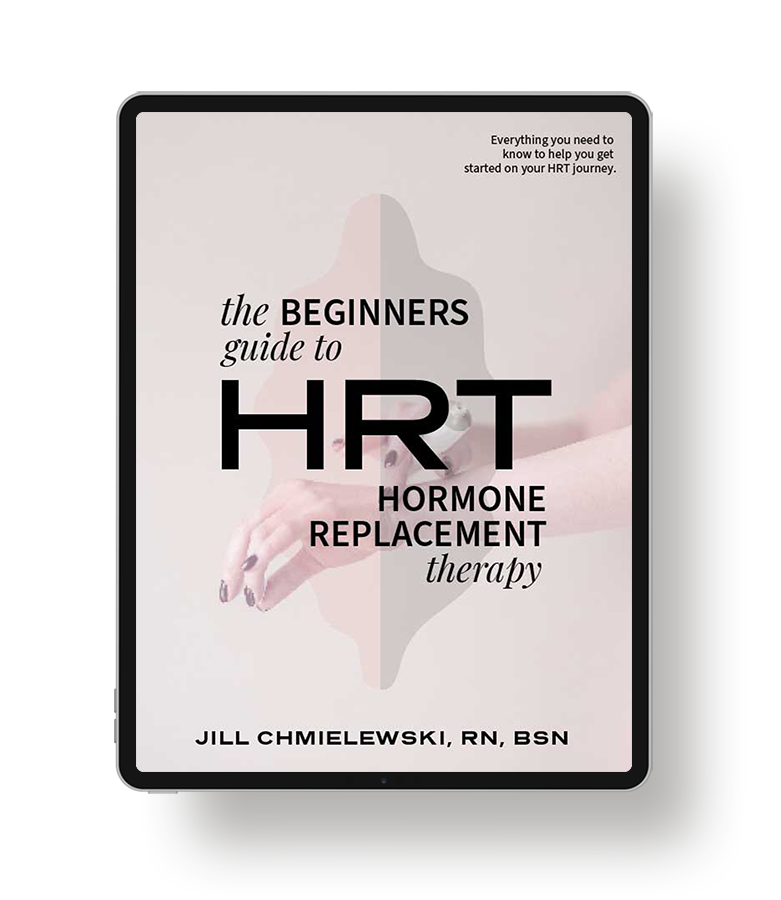“If you don’t hear from me, everything is fine.” ~ That’s still a common phrase you probably hear from your doctor’s office after you’ve have had a lab test.
I have had several clients over the last year who have had blood work done, either to get a baseline measurement or because they were experiencing symptoms. Each one of these clients was told that their labs were in the “Normal range” and 9 times out of 10 after looking at their labs through a functional lens, I have found that their labwork was indeed within the reference range, but the results were not in the OPTIMAL RANGE.

Let me explain. When you receive your labwork, you should see your result, alongside a column that lists the reference range for the lab result. Please understand that the reference range is not the same as the optimal range. The OPTIMAL RANGE describes the ideal or optimal result….meaning….this is where your result should be.
The reference range for lab results merely tells you what 95% of the people at that lab have had as a result. So, for instance, if all of the people reading this blog had their blood drawn, the reference range would be what 95% of us had as a result….it’s more of an average of our collective results. You follow?
Reference ranges and optimal ranges are two very different things. In Japan, the labs always list the reference range and the optimal range and that is something that functional medicine is really pushing for here in the U.S.
In the meantime, the next time you have labs done, ask your doctor to explain what your results mean and don’t assume that just because your result falls within the “reference range” that you are “good to go” especially if you have symptoms.
Labwork can be extremely helpful in helping to identify opportunities to prevent disease before it begins, but you need to be sure that you are working with a practitioner who understands your labs and your symptoms and is willing to talk through the big picture with you.





